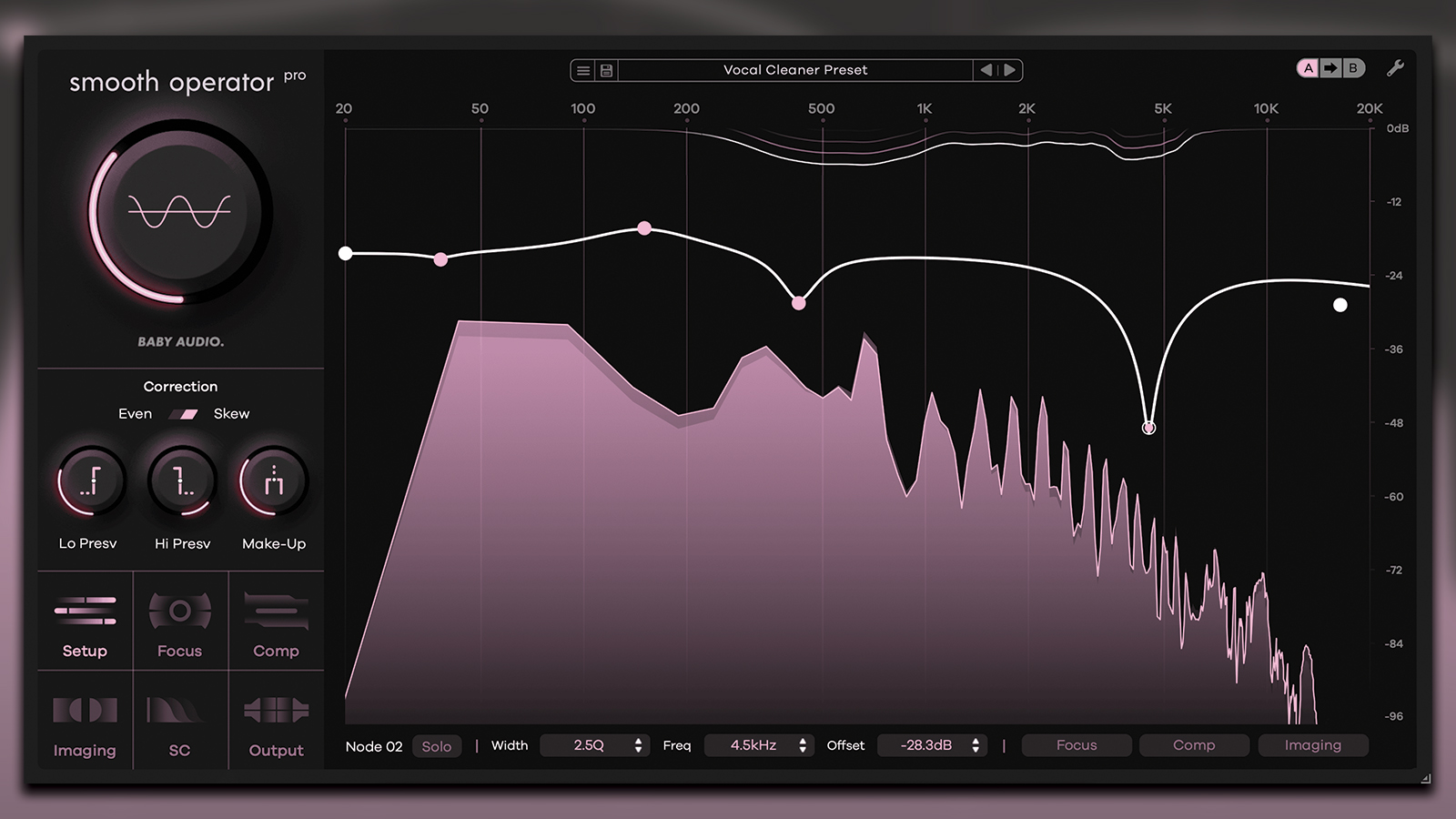Watch Living Room Gear Demos recreate Josh Homme’s guitar tones from Queens of the Stone Age No One Knows
The lost art of keeping a tone secret…
Queens of the Stone Age frontman Josh Homme is notoriously secretive about how he goes about achieving his guitar tones in the studio. Indeed, when Songs For The Deaf engineer/producer Eric Valentine uploaded a video detailing No One Knows’ production ‘secrets’ to his making Records with Eric Valentine YouTube channel, it wasn’t long before the episode was taken down at Homme’s request.
However, with the genie out of the bottle there’s plenty of information floating around the internet on how Homme’s tones - simultaneously sounding like heavy, drop-tuned fuzz but with the clarity of cleaner, overdriven sounds - were created.
Enter Living Room Gear Demos’ Eirik, who’s not only a big fan of Homme, but a big fan of tinkering with guitar sounds on his channel, and set himself the challenge of seeing exactly how close he can get to recreating Homme’s sound from the band’s stomping 2002 anthem using an Eastwood GP (Ovation Ultra copy) and a semi-faithful recreation of Homme's multi-amp setup.
The song's main guitar tracks fall into four parts. First are a pair of rhythm tracks which feature in the intro, verses and choruses comprising medium-driven sounds. In the left channel, Eirik believes the sound to be coming from a Tube Works RT2100 head, while the right channel is a Peavey Standard 260 head.
When the chorus kicks in, it’s joined by another two guitars - this time more overdriven - which Eirik tells us is coming from a trio of amps: an Ampeg VT40 on the right of the stereo mix, with a blend of an Ampeg V4-B and a Gibson GA20 combo.
Now, information on the speaker cabs used is pretty much non-existent, so Eirik explains he was left to use what he had. Starting with the first pair of guitar tracks, he reveals that he quickly discovered a similar problem to Eric Valentine’s admission in his original video: mic’ing the cabs presented a challenge when it came to getting a useable sound.
With some experimentation of mic placement, plus a helping hand from FabFilter’s Pro Q 3 EQ plugin’s Tone Match feature, he was able to apply an appropriate EQ curve to a Boss GE-7 in order to shape his tone on the way into the amp. For the Peavey rhythm track, Eirik used a Peavey Standard 260 PA (rather than guitar amp) head along with a Timmy overdrive and his trusty GE-7.
Get the MusicRadar Newsletter
Want all the hottest music and gear news, reviews, deals, features and more, direct to your inbox? Sign up here.
The higher-gain sounds were both recreated using an Ampeg VT40 (rather than the B-voiced version) running through a Two-Notes Torpedo Live cab simulator. Eirik switched the IR to replicate the tone of Homme’s Gibson GA-20 track. Throw in some tape simulation and basic mixing and that’s it!
The results, as you can hear for yourself at the end of the video, are impressively close. But it does beg the question, why? We’ll leave that to Eirik to answer. “I do it because it’s fun. It’s fun to research and track-down gear, and to dial-in iconic guitar sounds. It’s fun for me, and I think it’s fun for you to watch.
“Secondly, I don’t do this to copy the whole existence of the band and its songs and to make my own music trying to be them. I think most people would call me out if I was just a blatant copy of the band.
"But there is a whole lot of learning by stealing and copying. For example I would have never used any of these amps and recording techniques if I didn’t do this experiment in the first place.”

I'm a freelance member of the MusicRadar team, specialising in drum news, interviews and reviews. I formerly edited Rhythm and Total Guitar here in the UK and have been playing drums for more than 25 years (my arms are very tired). When I'm not working on the site, I can be found on my electronic kit at home, or gigging and depping in function bands and the odd original project.
“Every note counts and fits perfectly”: Kirk Hammett names his best Metallica solo – and no, it’s not One or Master Of Puppets
“I can write anything... Just tell me what you want. You want death metal in C? Okay, here it is. A little country and western? Reggae, blues, whatever”: Yngwie Malmsteen on classical epiphanies, modern art and why he embraces the cliff edge









